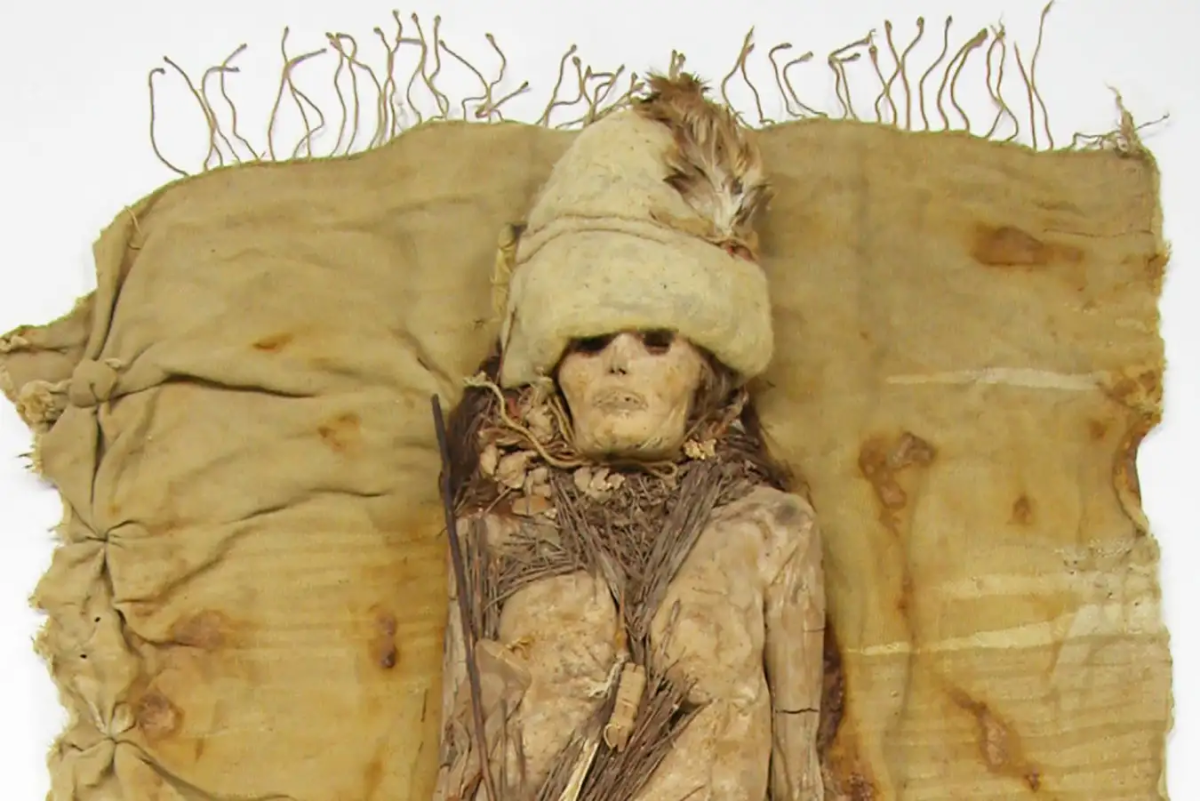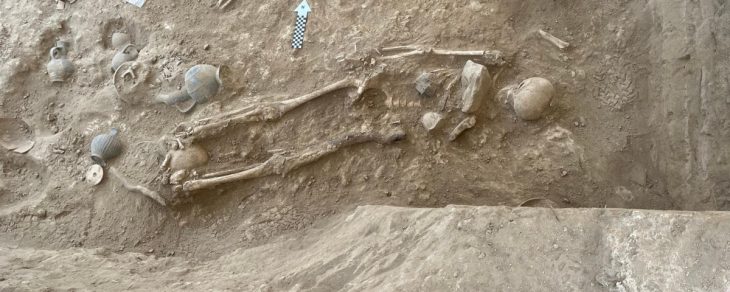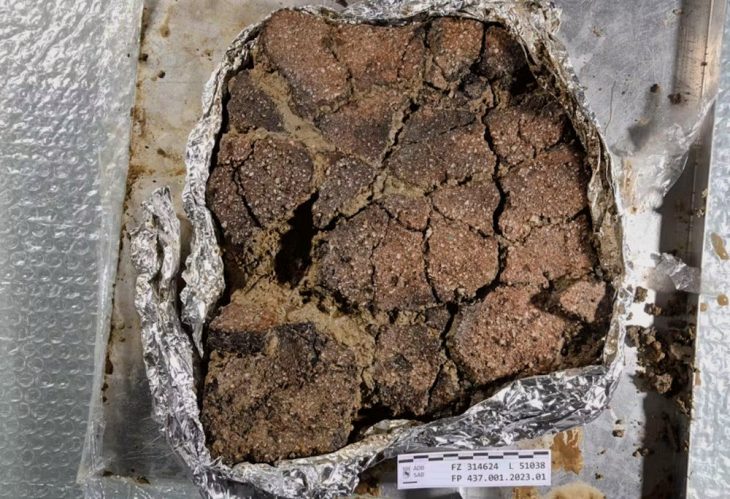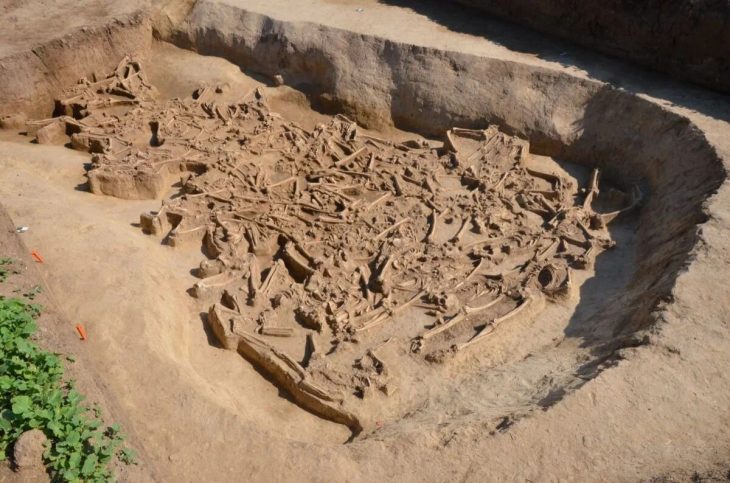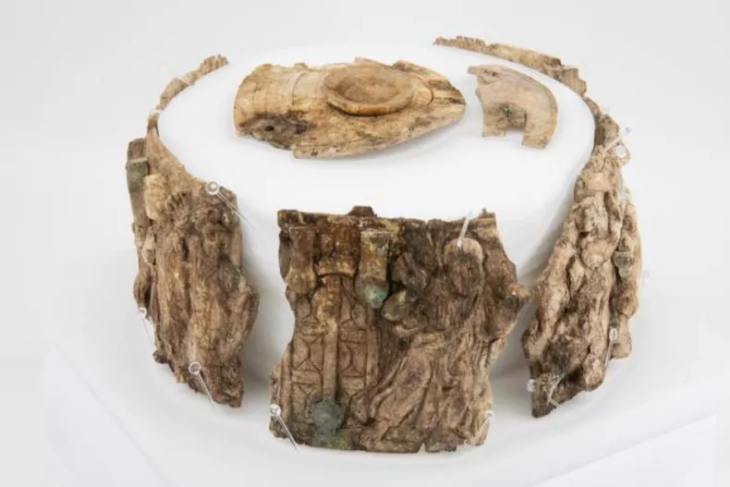A mysterious white substance about 20 years ago found on Bronze Age mummies in western China has proven to be the world’s oldest cheese.
Researchers discovered three ancient mummies in Xinjiang in northwestern China. When the 3,600-year-old coffin of a young woman was excavated, archeologists discovered a mysterious substance laid out along her neck like a piece of jewelry. It was made of cheese, and scientists now say it’s the oldest cheese ever found.
Scientists have successfully extracted DNA from a 3,600-year-old cheese. Identified as kefir cheese, the discovery provides new insights into the origins of kefir and the development of probiotic bacteria.
It has been long suspected that the substance may have had a fermented dairy origin, but only now have molecular tools become powerful enough to confirm their make-up.
Qiaomei Fu of the Chinese Academy of Sciences in Beijing and her colleagues have identified the substance as a type of kefir cheese based on the presence of lactic acid bacteria, yeast, and proteins from ruminant milk in the samples.
“This is the oldest known cheese sample ever discovered in the world,” says co-author Qiaomei Fu, a paleogeneticist at the Chinese Academy of Sciences, in a statement from the journal Cell.
“Food items like cheese are extremely difficult to preserve over thousands of years, making this a rare and valuable opportunity. Studying the ancient cheese in great detail can help us better understand our ancestors’ diet and culture.”
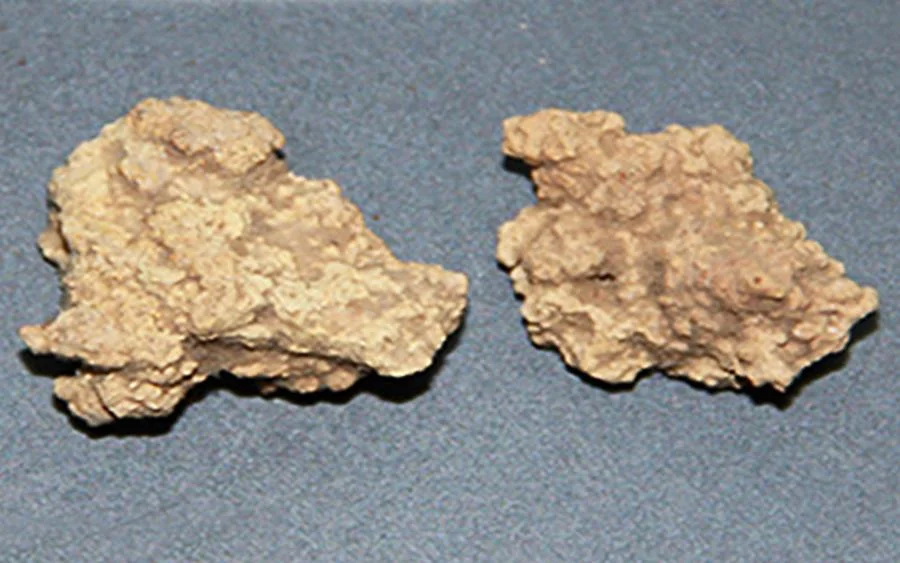
Since the woman’s coffin was covered and buried in the dry climate of the Tarim Basin desert, Fu said, it was well preserved, as were her boots, hat, and the cheese that laced her body.
Ancient burial practices often included items of significance to the person buried alongside them. The fact that those items included chunks of kefir cheese alongside the body showed that “cheese was important for their life,” she added.
The cheesy bits are, in fact, pieces of kefir cheese, a dried and fermented dairy product made with the same type of bacteria, yeast, and fungal complex as modern kefir, which is typically consumed as a sour liquid akin to thin yogurt, according to genetic analysis of the microbes within. Instead of using rennet, which is frequently used in the production of cheese in Europe, kefir granules ferment the milk.
The latest research also reveals that the necklaces included at least two different kinds of cheese, one made from goat milk—more precisely, from a kind of goat that was common in Bronze Age Eurasia—and the other from cow’s milk.
Additionally, the kefir granules have genetic signatures that are quite similar to those of some East Asian kefir strains and contemporary Tibetan dairy products. Microbes from the Caucasus region, which has long been believed to be the birthplace of dairy, are more closely related to other strains from East Asia, Europe, and the Pacific Islands.
Altogether, the analysis points to two different geographic origins of kefir-making: one in Xinjiang and one in the Caucasus, says Qiaomei Fu. “Our observation strongly suggests the distinct spreading routes of two [kefir microbe] subspecies,” Fu tells Popular Science, which she adds is likely the result of wide-ranging nomadic groups traveling across the dry grassland of Eurasia.
The evolution of human activities spanning thousands of years also affected microbial evolution, the study found, citing the divergence of a bacterial subspecies that was found to have been facilitated by the spread of kefir across different populations.
Cover Image Credit: LI Wenying/Xinjiang Cultural Relics and Archaeology Institute

